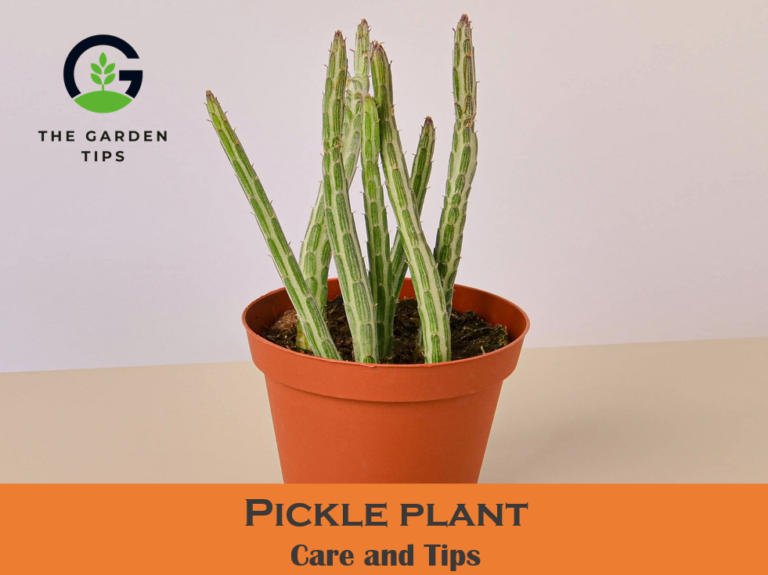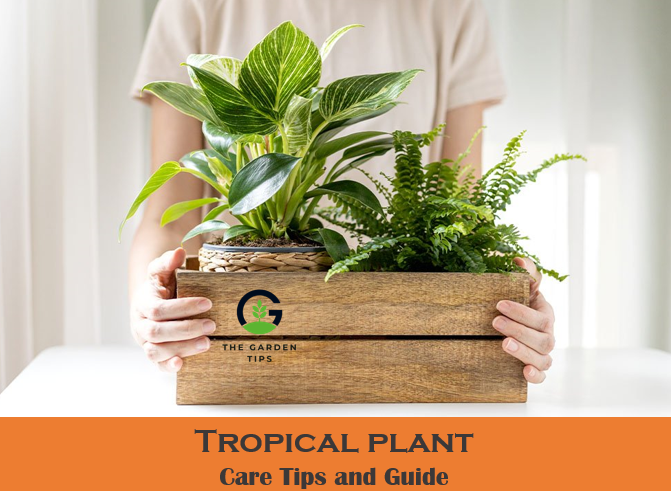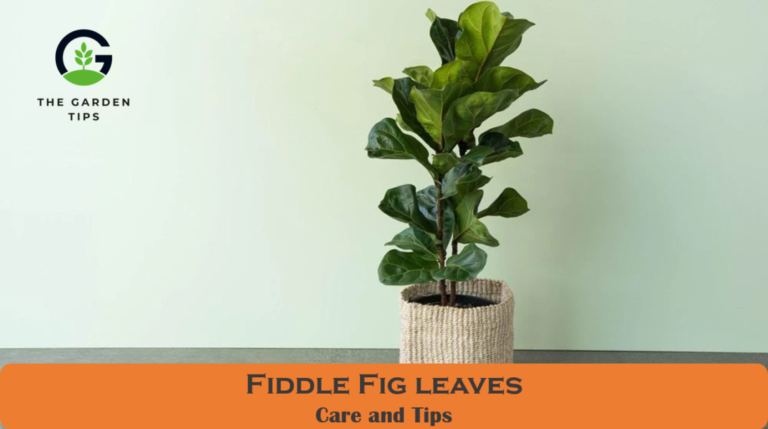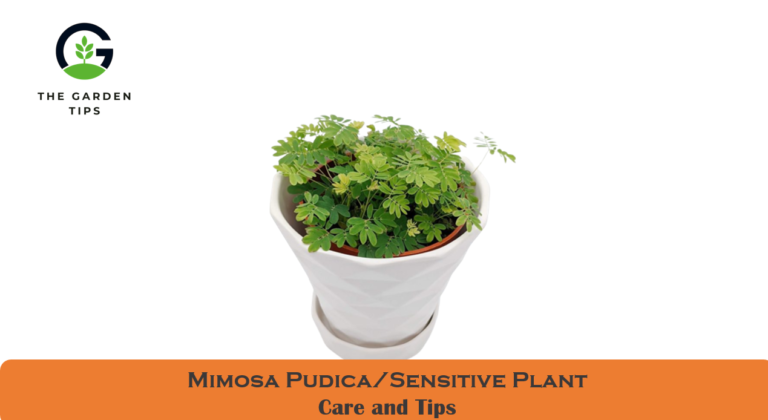In cuisine, bay leaf is an herb that is often utilized. Medicine is also made from the leaves and the oil extracted from them. People use the bay leaf to treat various ailments, including cancer, diabetes, pain, stomach problems, and other ailments. However, there is no clear scientific evidence to back these claims. If the full bay leaf is ingested, it is also dangerous.
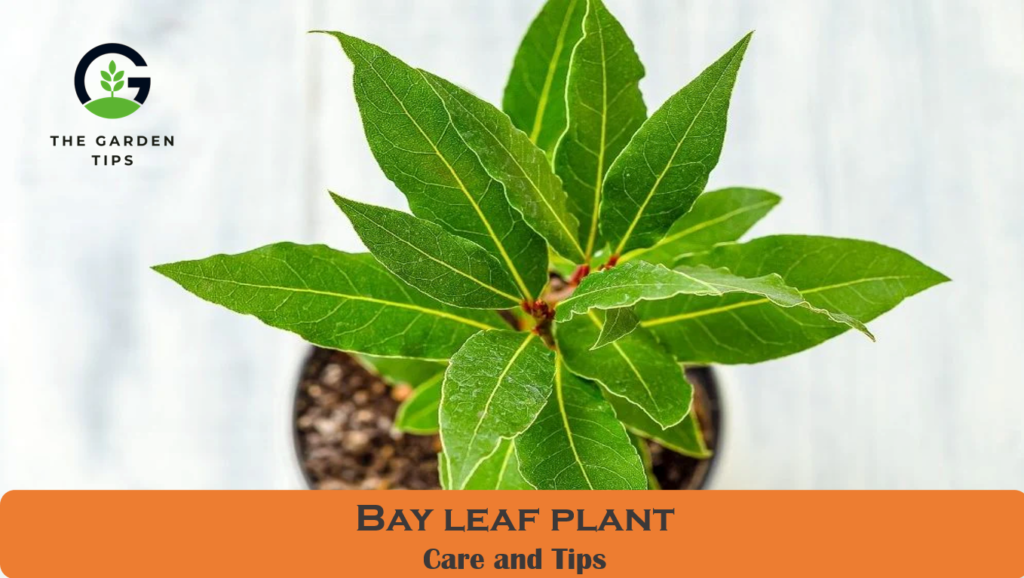
What is the Bay Leaf plant?
Bay leaf is a Mediterranean evergreen tree or shrub whose leaves are used as a culinary flavoring. It has huge pointed oval, glossy green leaves with a leathery feel. It is a sluggish plant that tolerates heavy pruning; therefore, it is generally seen as a shrub or pot plant.
Is Bay leaf the same as Bay Laurel?
The bay leaf and the bay laurel leaf are, in fact, interchangeable terms. An ancient Mediterranean plant known as Laurus nobilis or bay laurel is the source of bay leaves, a member of the Lauraceae family. In addition to laurel leaves, bay laurel, and sweet bay, they are also known as true laurel and sweet bay.
How to Care for Bay leaf plant?
Potted indoor bay laurel plants are frequently moved indoors and outdoors depending on the season. Bay leaf plants are lovely indoor plants, but they need extra heating in the summer. Potted plants should be shaded from the excessive sun during their summertime.
How much light does a bay leaf plant need?
Keep your bay plant indoors near a bright window during the winter. Avoid draughts and heat from gadgets and HVAC ducts. Outdoor plants require partial shade to full sun. Summer shade is ideal in hot, dry climates. If you want to grow this tree for its leaves, ensure it gets sun exposure for at least part of the year.
What soil is best for bay leaf plant?
Bay lead plant prefers moist, well-drained soil (loamy, sandy, or clay). It thrives on both alkaline and acidic soils. Potted plants can be cultivated in regular potting soil.
How much water does a bay leaf plant need?
Because the roots of bay laurels are so shallow, they may require frequent irrigation during dry seasons. Keep the soil moist but not soggy to prevent rot from developing on this plant. Water it regularly. Allow the soil to dry between waterings but not totally.
Where does bay leaf grow best?
In the USDA hardiness zones 8-10, bay laurel grows well. In colder climates, move it inside the home and keep it cool yet bright. However, the low humidity in your home may cause your indoor bay plant to dry up. Use the leaves for cooking and start watering the tree periodically when it shows distress. Consider placing a humidifier in your home to improve the humidity levels.
What is the best fertilizer for a bay leaf plant?
Because bay leaf grows slowly, it requires little food when cultivated in the landscape. Container plants, however, require additional fertilizer. A well-balanced organic fertilizer like fish emulsion and kelp can be used to feed a pot-grown bay plant twice a year in the spring and mid-summer. Maintaining a fresh layer of soil in the first few inches each spring is also a good idea.
Pests of Bay leaf plant
The bay leaf plant is mostly pest-free. It is common practice to use the leaves to repel pests from many other plants and food storage areas.
Scale can be an issue because moth can lay their egg between two leaves, fusing them. To remove eggs or larvae from the glued leaves, carefully peel them apart.
Spider mites and mealybugs are the most common pests that attack bay laurel plants and should be treated with insecticidal soap or horticultural oil.
Diseases of Bay leaf
Bay leaf plants are susceptible to diseases including Anthracnose, Powdery Mildew, and Phytophthora root rot, and a good fungicide will help prevent disease transmission.
Bay leaf plant pot size
While potted plants tend to be managed to a height range of 4 to 6 feet tall, an unpruned outdoor plant can reach heights of up to 60 feet.
Bay leaf flowering
It blooms with little yellow flowers in the spring and bears deep purple fruit in the fall, distinguishing it from other trees. The bay leaf plant is dioecious and has male and female flowers. Female bay laurel flowers need male pollinators to develop fruit.
Are there different types of bay leaves?
Yes. Plants with the Laurus nobilis label are edible. Both common and sweet bay are poisonous and not edible. Some ornamental Laurus nobilis cultivars don’t taste like pure bay.
Common Laurus nobilis cultivars include:
Willow leaf laurel: Thin leaves of this variety are renowned for their smoothness when clipped.
Aurea: This cultivar has bright yellow, scented fresh leaves.
Undulata: This attractive tree’s leaf edges are rippling or wavy.
Saratoga: A landscape tree that grows to 30 feet. The leaves are rounder and lighter. It is a wonderful food flavoring leaf variety.
How to Prune a Bay Tree?
Unpruned bay trees can reach 60 feet tall. Before new growth emerges, late winter or early spring are ideal times to perform pruning on trees that aren’t actively developing. You can prune to keep your tree tiny or create a bonsai artwork. The approach is primarily about regulating size and shaping.
How to propagate the Bay leaf plant?
Bay leaf is easily propagated by rooting softwood cuttings; however, it is a slow-growing plant.
Bay leaf plant Propagation through softwood cuttings:
- Take 6″ cuttings from green, supple branches in the summer.
- Fill a small container with damp sand, then dip each cutting in the rooting hormone before planting it.
- Cover the containers with plastic bags and rubber bands.
- Put the container in a warm, indirect light. Rooting may benefit from placing the pots on a heated surface.
- The cuttings should have roots within a couple of months, as shown by resistance when tugged.
- The small container can now be removed, and the cutting can be grown in a permanent pot or an outdoor garden.
Grow bay leaf plant through seed
Growing bay leaf plant from seed is not easy. It demands perseverance and tolerance for failure. Because bay laurels are dioecious, only the female plants bear blossoms that mature into little purple fruits. And for the seeds to take up to six months to germinate. Expect less than 50% of the seeds to germinate.
- Soak the seeds for 24 hours before sowing
- Then, sprinkle the seeds over the soilless seed-starter mix, spacing them about two inches apart.
- Place the seedling tray in an area with at least 8 hours of daylight and 70°F.
- Until germination, sprinkle the soil mix with a water mister. It can take up to six months for seeds to germinate and sprout, yet it can happen for as little as ten days.
- Don’t transplant seeds into larger pots until they have their first true leaves. These slow-growing plants can take years to reach a size suitable for use as attractive houseplants.
Bay leaf plant potting and repotting
Bay laurel is a long-lived container plant. Use a little container to keep it small. Just ensure it has a wide enough base to avoid wind damage. A 4- to 6-foot tree should fit in a 24-inch container. Raise the plant in regular potting soil.
Bay leaf seems to thrive in a container that’s too small, with roots poking out the bottom. Repotting should be done every five years.
FAQs about Bay leaf plants
Why are the leaves on my bay tree turning yellow?
As the age of the tree, its elder leaves begin to turn yellow and fall to the ground. In container-grown plants, nutrient deficiency is more typically caused by wet compost or winter weather damage.
How do you rejuvenate a bay tree?
During the spring and summer, alternate liquid feedings with solid feedings. The top layer of compost should be scraped off and replaced with fresh compost every two to three years if possible. With a pair of scissors, trim back the bay during the summer months. Cutting back older plants severely in the spring is an effective way to revitalize them.
How can you tell if a bay tree is dying?
Make a tiny nick in the trunk or branches to see if it’s still alive. If it is, then it is still alive. If it appears to be dead, you’ll know it. They sound and appear to be something out of this world.
How do you bring a bay leaf tree back to life?
Underfeeding. Your potted bay tree may lack nutrients, but a 5-5-5 fertilizer is all you need to correct this right now. Flipping the leaf fall around by feeding your plant more regularly with compost is possible.
Can Dogs Eat Bay Leaves? Are Bay leaves bad for dogs?
Bay leaves contain toxic essential oils and compounds for dogs. Taken in excess quantity, bay leaves will cause diarrhea and vomiting. If your dog consumes it, call your vet straight away.


